Dandelions are picky. The casual observer might not think so as Dandeliions are a ubiquitous weed in many parts of the country and world. But as in real estate, the important element is location, location, location.
My first batch of homemade wine was Dandelion Wine. It was the summer of 1964 and I collected the big yellow blossoms by the shopping bag full. The 120 acres across the road had been a pasture for more than a century. When the last cow left the Dandelions claimed the acreage. I saw my opportunity. In a few months cane sugar, soft cake yeast and glass soda bottles produced a powerful vintage. I knew about Dandelions early on because my step-father like to eat them. He had a taste for their bitterness.
Dandelions in New England’s summer were often nearly two feet high with huge blossoms a couple of inches across. Collecting enough to make wine or for a mess of greens for dinner was easy. But in other parts of the world or time of year this is not so. Dandelions like acidic soil. In my native state of Maine that was no problem. In Florida, which is essentially a limestone plate, it’s an issue. Dandelions also like cool northern summers. Locally they like our winters. While Dandelion can be found in the South in the summer we are entering their preferred season. And they like to be near acid-creating plants such as Oaks, Pines, and Cypress. And don’t be surprised if our local Dandelions are smaller than the ones you picked up north and or often have reddish leaves. It is also a season for edible “false” dandelions. You can read about them here and about Dandelions here.
Why our Goji Berries are called Christmasberries is anyone guess. I suspect their small green leaves and tomato red berries had something to do with it. If you scour the shrubs this time of year you can find a few berries, new as well as old and dry. But they are blossoming. There might be a few berries for Christmas but the height of their season is late spring. The species is just not what you usually think of for a tomato relative. It’s a woody shrub, likes to grow in brackish areas, looks struggling most of the time and is — at last locally — often covered with lichen. I have found a lot of them in the tidal areas south of Daytona Beach. Gojis are in Spruce Creek Park, where I hold foraging classes, directly across the street (east) beside an old portion of U.S. Route 1 that is now an access trail for fishermen. How many you can collect depends on timing. We certainly get enough to dry for medicinal uses and they are edible as well. To read more about this Christmasberry go here.
What about Wapato? Just as Dandelions can change from region so can some Wapato, and, there are different species as well. Wapato is wrongly called “Duck Potatoes.” They are way too large for ducks to consume but a good size for humans. The confusion, at least for me, is that the local species is supposed to put on “potatoes” but I’ve never found them here. In fact I grew them in a half-barrel for a few years but never was able to coax them into putting on “potatoes.” It might be that we don’t have enough seasonal change here for them to go into storage mode. I don’t know. While Wapato is viewed as a wild food related species are common seasonal food in Asia. They are also far easier to find in more northern climates. You can read more about Wapato here.
Upcoming Foraging Classes: All the classes are outside and about four hours long. This usually involves three or four hours of easy walking on paths or grass for a couple of miles. All the plants covered at the various locations are on this website.
As holidays often reduce attendance there will not be a foraging class November 27th in Orlando.
Sunday, December 4th, Bayshore Live Oak Park, 2200 East Lake Road, Port Charlotte. 9 a.m. We meet by the parking lot near the intersection with Ganyard Road.
To learn more about the foraging classes go here.
All of Green Deane’s videos are available for free on You Tube. They do have ads on them so every time you watch a Green Deane video I get a quarter of one cent. Four views, one cent. Not exactly a large money-maker but it helps pays for the newsletter. If you want to see the videos without ads and some in slightly better quality you can order the DVD set. It is nine DVDs with 15 videos on each. They make a good Christmas gift. Many people want their own copy of the videos or they have a slow service and its easier to order then to watch them on-line. They make a good gift for that forager you know. Individual DVDs can also be ordered. You can order them by clicking on the button on the top right of this page or you can go here.
Want to identify a plant? Looking for a foraging reference? Do you have a UFO, an Unidentified Flowering Object you want identified? On the Green Deane Forum we chat about foraging all year. And it’s not just about warm-weather plants or just North American flora. Many nations around the world share common weeds so there’s a lot to talk about. There’s also more than weeds. The reference section has information for foraging around the world. There are also articles on food preservation, and forgotten skills from making bows to fermenting food. You can join the forum by clicking on the button on the upper right hand side of this page.
This is Newsletter 234. As there are five Tuesdays this November the fifth Tuesday is a short vacation. There will not be a newsletter next week.
If you would like to donate to Eat The Weeds please click here.

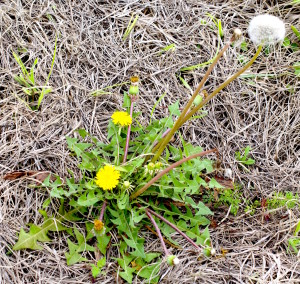
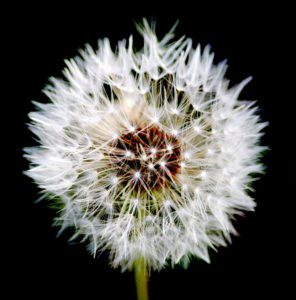
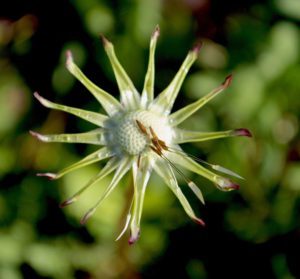
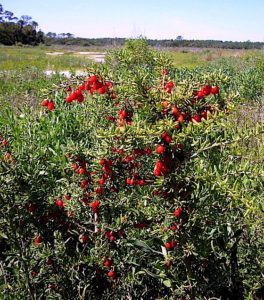
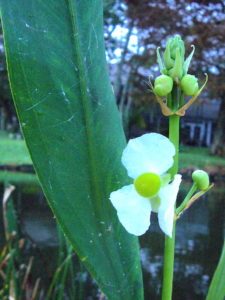
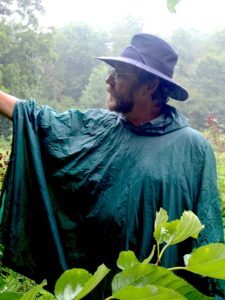

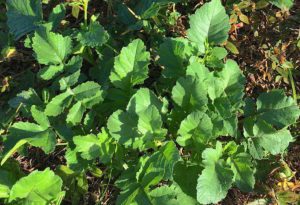

Oh good, you havent found any duck potatoes here either, I thought it was just me.
I like comparing foraging when young with present foraging regarding environment and social consequences. Thanks for the useful info. On “Dandelions”, if one looks for herbal cure with Dandelion root tea, packets of tea bags are deadily avilable in various moles in Arab countries.
Further to what you mentioned about the origion of naming, “Dandelion” is named “Hinduba’a” in formal Arabic language.
It has been reported that the nutritional qualities read almost like a one – a – day vitamin and that Dandelion greens have 50per cent more vit.C than tomatoes, twice as much as protein as egg plant, and double the fiber of assparagus